2023년의 주요 전략 기술 동향은 다음과 같습니다.
1. Sustainability (지속 가능성)
2. Metaverse (메타버스)
3. Superapps (슈퍼앱)
4. Adaptive AI (적응형 AI)
5. Digital Immune System (디지털 면역 시스템 최적화)
6. Applied Observability (적용된 관측 가능성)
7. AI Trust, Risk and Security Management (AI 신뢰, 개인정보 보호 및 보안 관리)
8. Industry Cloud Platforms (산업 클라우드 플랫폼)
9. Platform Engineering (플랫폼 엔지니어링)
10. Wireless Value Realization (무선 가치 실현)
번역 돌려보니 생각보다 이상해서 직접 해보시길..
1. Sustainability
Sustainability traverses all of the strategic technology trends for 2023. In a recent Gartner survey, CEOs reported that environmental and social changes are now a top three priority for investors, after profit and revenue. This means that executives must invest more in innovative solutions that are designed to address ESG demand to meet sustainability goals. To do this, organizations need a new sustainable technology framework that increases the energy and material efficiency of IT services, enables enterprise sustainability through technologies like traceability, analytics, renewable energy and AI, and deploys IT solutions to help customers achieve their own sustainability goals.
2. Metaverse
Gartner defines a metaverse as a collective virtual 3D shared space, created by the convergence of virtually enhanced physical and digital reality. A metaverse is persistent, providing enhanced immersive experiences. Gartner expects that a complete metaverse will be device-independent and won’t be owned by a single vendor. It will have a virtual economy of itself, enabled by digital currencies and non-fungible tokens (NFTs). By 2027, Gartner predicts that over 40% of large organizations worldwide will use a combination of Web3, AR cloud and digital twins in metaverse-based projects aimed at increasing revenue.
3. Superapps
A superapp combines the features of an app, a platform and an ecosystem in one application. It not only has its own set of functionalities, but it also provides a platform for third parties to develop and publish their own mini-apps on. By 2027, Gartner predicts that more than 50% of the global population will be daily active users of multiple superapps.
“Although most examples of superapps are mobile apps, the concept can also be applied to desktop client applications, such as Microsoft Teams and Slack, with the key being that a superapp can consolidate and replace multiple apps for customer or employee use,” said Karamouzis.
4. Adaptive AI
Adaptive AI systems aim to continuously retrain models and learn within runtime and development environments based on new data to adapt quickly to changes in real-world circumstances that were not foreseen or available during initial development. They use real-time feedback to change their learning dynamically and adjust goals. This makes them suitable for operations where rapid changes in the external environment or changing enterprise goals require an optimized response.
5.Digital Immune System
Seventy-six percent of teams responsible for digital products are now also responsible for revenue generation. CIOs are looking for new practices and approaches that their teams can adopt to deliver that high business value, along with mitigating risk and increasing customer satisfaction. A digital immune system provides such a roadmap.
Digital immunity combines data-driven insight into operations, automated and extreme testing, automated incident resolution, software engineering within IT operations and security in the application supply chain to increase the resilience and stability of systems. Gartner predicts that by 2025, organizations that invest in building digital immunity will reduce system downtime by up to 80% - and that translates directly into higher revenue.
6. Applied Observability
Observable data reflects the digitized artifacts, such as logs, traces, API calls, dwell time, downloads and file transfers, that appear when any stakeholder takes any kind of action. Applied observability feeds these observable artifacts back in a highly orchestrated and integrated approach to accelerate organizational decision-making.
“Applied observability enables organizations to exploit their data artifacts for competitive advantage,” said Karamouzis “It is powerful because it elevates the strategic importance of the right data at the right time for rapid action based on confirmed stakeholder actions, rather than intentions. When planned strategically and executed successfully, applied observability is the most powerful source of data-driven decision-making.”
7. AI Trust, Risk and Security Management
Many organizations are not well prepared to manage AI risks. A Gartner survey in the U.S, U.K. and Germany found that 41% of organizations had experienced an AI privacy breach or security incident. However, that same survey found that organizations that actively managed AI risk, privacy and security achieved improved AI project results. More of their AI projects moved from proof-of-concept status into production and achieved more business value than did AI projects in organizations that did not actively manage these functions.
Organizations must implement new capabilities to ensure model reliability, trustworthiness, security and data protection. AI trust, risk and security management (TRiSM) requires participants from different business units to work together to implement new measures.
8. Industry Cloud Platforms
Industry cloud platforms offer a combination of SaaS, platform as a service (PaaS) and infrastructure as a service (IaaS) providing industry-specific sets of modular capabilities to support specific industry business use cases. Enterprises can use the packaged capabilities of industry cloud platforms as building blocks to compose unique and differentiating digital business initiatives, providing agility, innovation and reduced time to market, while avoiding lock-in.
By 2027, Gartner predicts that more than 50% of enterprises will use industry cloud platforms to accelerate their business initiatives.
9. Platform Engineering
Platform engineering is the discipline of building and operating self-service internal developer platforms for software delivery and life cycle management. The goal of platform engineering is to optimize the developer experience and accelerate product teams’ delivery of customer value.
Gartner predicts that 80% of software engineering organizations will establish platform teams by 2026 and that 75% of those will include developer self-service portals.
10. Wireless Value Realization
While no single technology will dominate, enterprises will use a spectrum of wireless solutions to cater for all environments, from Wi-Fi in the office, through services for mobile devices, to low-power services and even radio connectivity. Gartner predicts that by 2025, 60% of enterprises will be using five or more wireless technologies simultaneously.
As networks move beyond pure connectivity, they will provide insight using built-in analysis and low-power systems will harvest energy directly from the network. This means the network will become a source of direct business value.
This year's top strategic technology trends highlight those trends that will drive significant disruption and opportunity over the next five to 10 years. Gartner clients can read more in the Gartner Special Report “Top Strategic Technology Trends for 2023.”
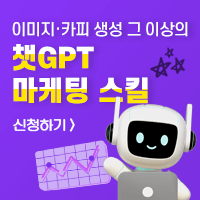






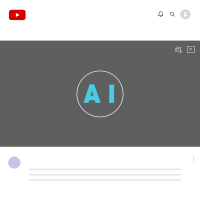






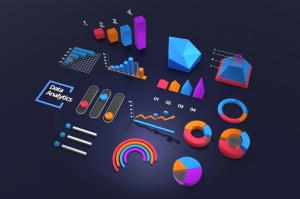

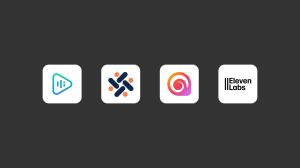
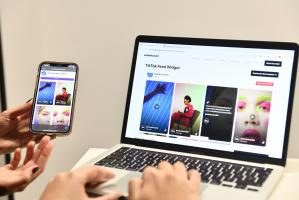
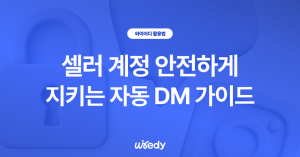

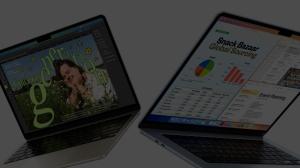








새댓글
전체보기